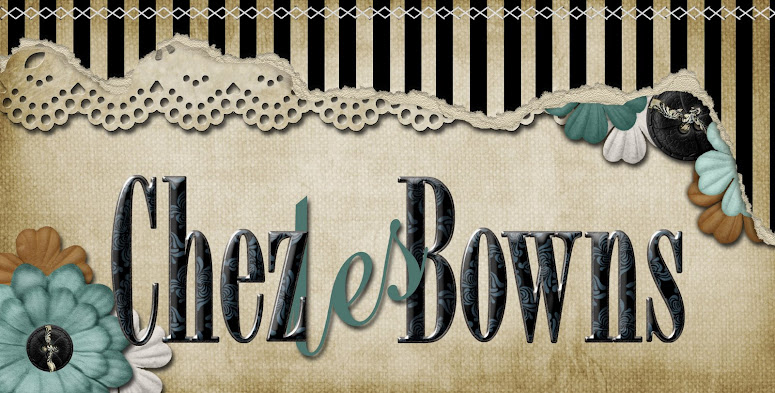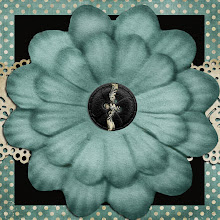
Sewing, however, still continued to be part of her vision. Wherever she went, she sewed. Her “atelier” took many forms, from the corner of a room, to a closet, to the basement, and years later a sewing room. Mom’s midwestern sewing rooms were not like those in New York and Paris, but her prolific production could rival a Parisian seamstress.

I was born a year after my parents married, and I entered into her sewing world. Sewing was never off limits to me. I spent hours sitting at her machine when she wasn’t sewing, first sewing on lined binder paper (without thread in the needle), to practice straight sewing. From there I learned to sew on fabric making seams and darts. At the age of 6 or 7, I wanted to make an outfit. Mom took me shopping to choose fabric (an activity that continued throughout my growing years). I choose a cotton fabric (turquoise with little lambs) and Mom helped me sew a gathered skirt and sleeveless blouse; quite an accomplishment for a child. She patiently guided me through the whole process. I was very proud of my efforts.

There were no short cuts for my mom when it came to sewing. I could have had no better teacher. The fabric was straightened, patterns placed on the grain line, and all markings marked with tailor tacks. I often heard her tell me that proper pressing was just as an important part of sewing as the actual sewing itself. If my sewing was shabby, she showed me how to improve. Once I was making a pair of Bermuda shorts and she suggested that I sew flat felled seams for durability. The shorts turned out well. (Ethel Traphagen, credited with introducing shorts and slacks into the American scene, would have been proud). She showed me how to do French seams on my blouses and I loved the “look”. Perhaps that was the beginning of my fascination with all things French.

Mom’s designing skills flourished over the years and I was the lucky recipient. Being her only daughter, my wardrobe was “à la mode”. As a child, my dresses were made of layers of organdy, or dotted Swiss. I twirled until the skirts flew high over my head and the front sidewalk served as the runway as I paraded my new outfits. Mom continued to sew for me through high school, college, and into my maternity years. Sometimes she would use a pattern, but often she would design something unique for me. If we saw something in a store that I wanted and we couldn’t afford, she went home and magically created a copy. I had my own personal couturier. If, as a teenager, I pouted like an” ingénue” and complained that I needed a new outfit, she worked long hours into the night to see that the perfect ensemble was created. Her gift at sewing seemed to be my birthright and it wasn’t until years later that I realized not all girls my age had a mom with this talent.

In 1967, I was the one who boarded a plane for France. I was spending a year studying the French language at Aix-en-Provence. Moms’ sewing skills met her all time challenge, as her next line of clothing would be worn on European soil. When she finished, my luggage was loaded with “designer” clothing, and I was ready. Cameras flashed as I boarded the plane. La France, me voilà!

The Traphagen School of Fashion did turn out some famous designers, such as Geoffrey Beene, James Galanos, Franklin Rowe, and Mary McFadden, to name a few, but Traphagen also gave me my personal designer, seamstress, and mentor. I realized that my Mom’s passion for sewing could have equaled any famous designer, but fame is not always the goal of a proper education, and Mom’s skills continue as a legacy in her daughter and granddaughters. Merci Maman!!!


What a lovely story and legacy. Do you still sew?
ReplyDeleteWow! Thank you for sharing that wonderful story about your Mom.
ReplyDeleteI enjoyed your post. My grandmother went to Traphagen from 1940-41. She was an excellent seamstress and at one time, owned a dress shop. She made my wedding dress in 1993, a beautiful and precious gift, that I still treasure. Thanks for sharing.
ReplyDelete